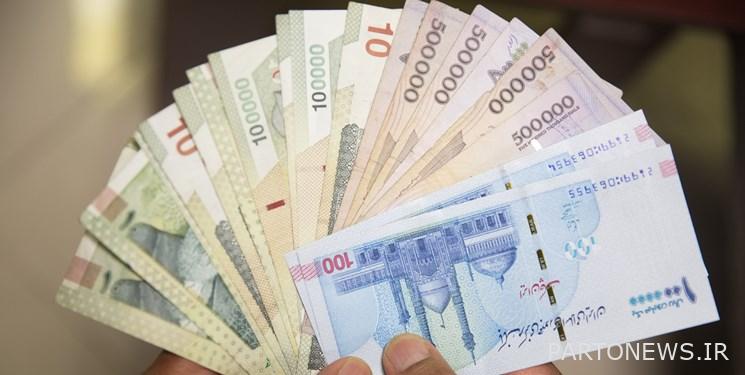The inflation rate in the 7th plan bill will be single digit

According to the economic correspondent of Fars news agency, the bill of the 7th development program, which was presented to the parliament by the president today, has been drafted with the aim of single-digit inflation and solving the banking and energy imbalance.
In the chapter on reforming the banking system and curbing inflation of the Seventh Plan Bill, it is stated: In the implementation of the second paragraph of the general policies of the Seventh Plan and in order to achieve the quantitative goals of the plan, actions will be taken in such a way that the growth of liquidity at the end of the Seventh Plan will be 13.8%, the inflation rate will be 9.5% and the imbalance will be reduced. Banks should be 20% annually cumulatively.
It is also stated in Article 8, Chapter 2 of the Seventh Plan Bill in the financial structure section of the banking system: to resolve the imbalance of banks, banks and non-bank credit financial institutions with a capital adequacy ratio of less than 8% with the aim of improving the said ratio within one month after From the notification of the program, they will be obliged to present the capital increase plan and within two months to hold an extraordinary general meeting to increase their capital.
Also, the Ministry of Economic Affairs and Finance and the Planning and Budget Organization are obliged to provide the necessary resources in the country’s annual budget laws to increase capital in banks in which the government has shares, according to the plan that will be approved by the Economic Council.
If there is no capital increase by the current shareholders of the central bank, in compliance with the laws, banks are obliged to increase the capital through the preemptive rights of the current shareholders.
Also, the central bank is obliged to evaluate the asset quality of banks and non-banking credit institutions at the expense of the bank and institution, and at the end of the second year of the program, classify them into three categories: healthy, recoverable and non-recoverable, and structural reforms in banks and credit institutions. Non-banking made recoverable and non-renewable.
Also, the central bank is required to establish a bank asset management company after assessing the quality of assets and identifying banks and non-banking credit institutions that can be revived and non-revived.
end of message/
You can edit this article
Suggest this article for the first page

